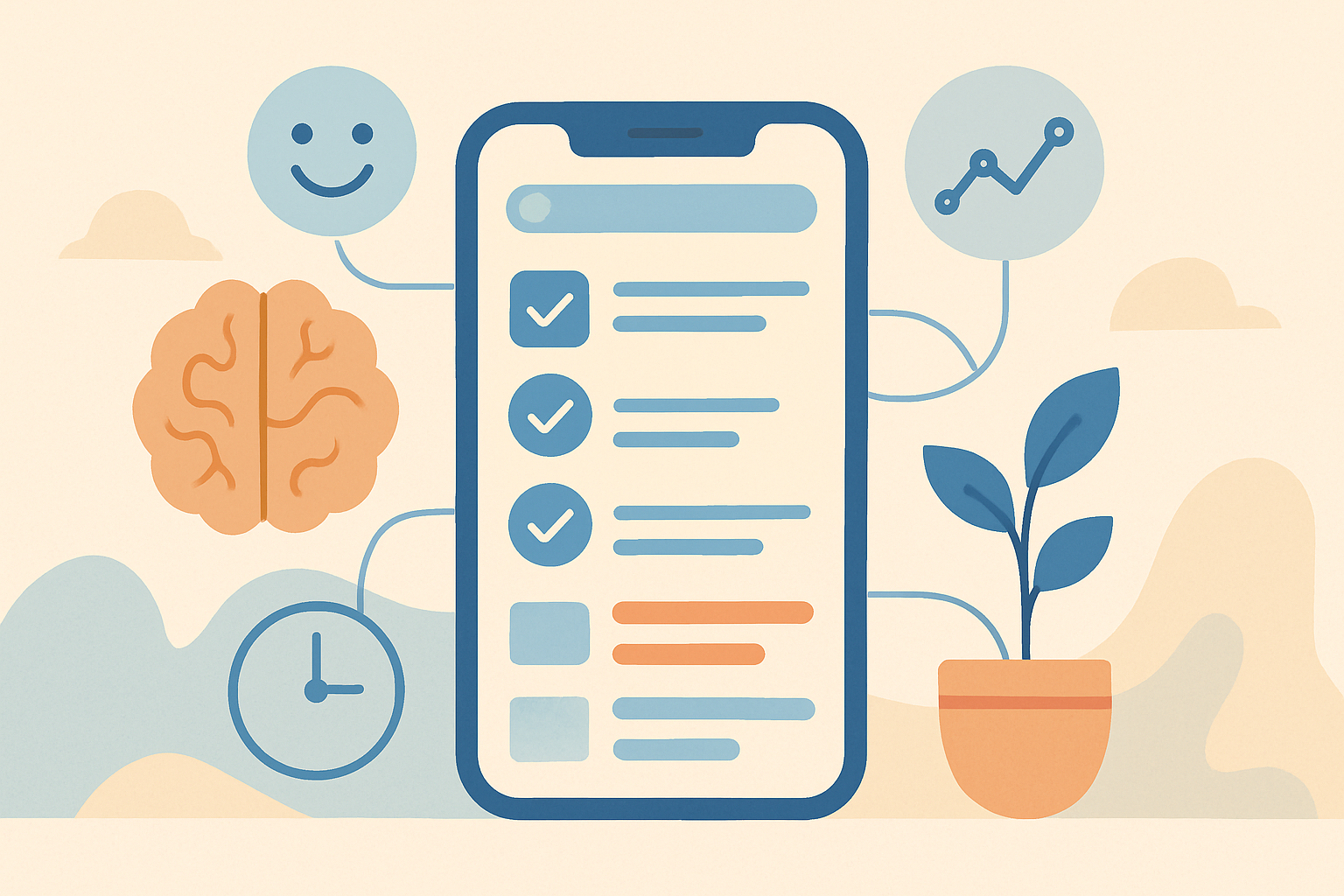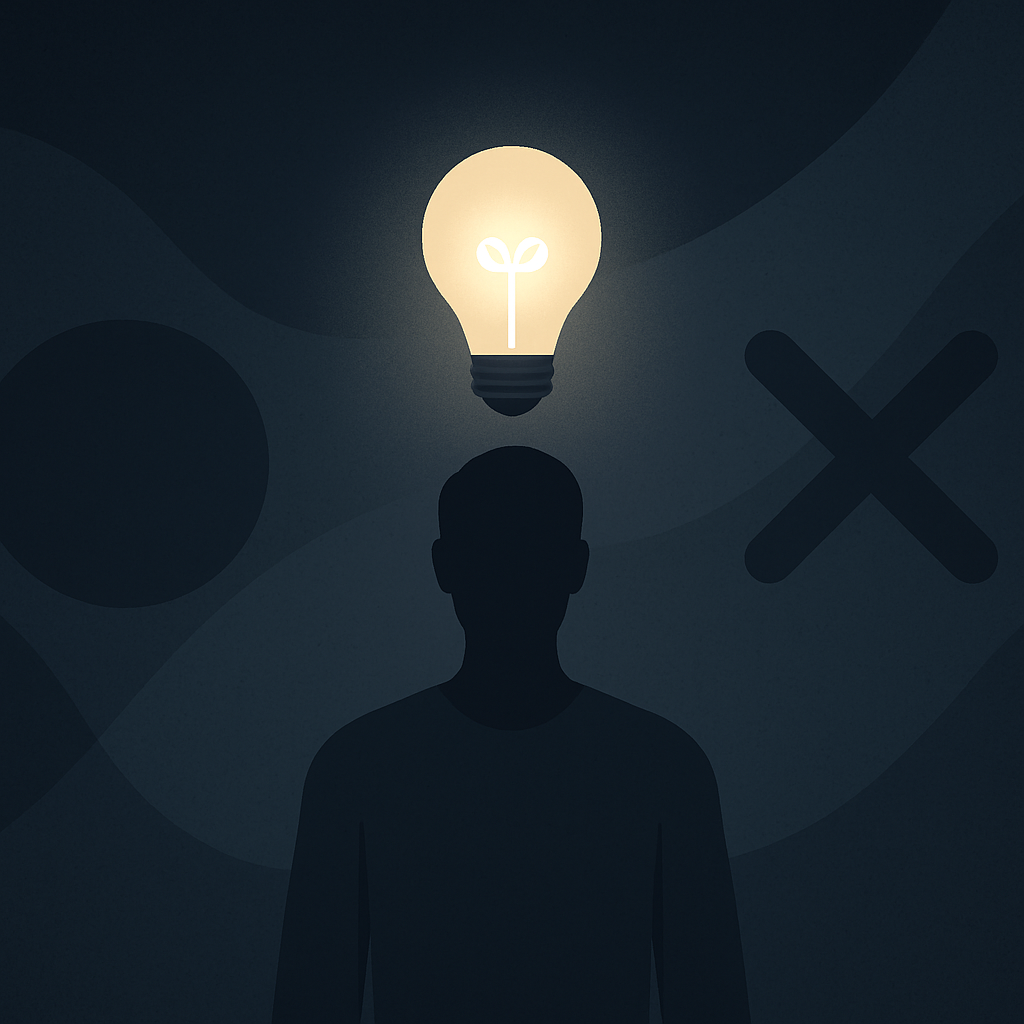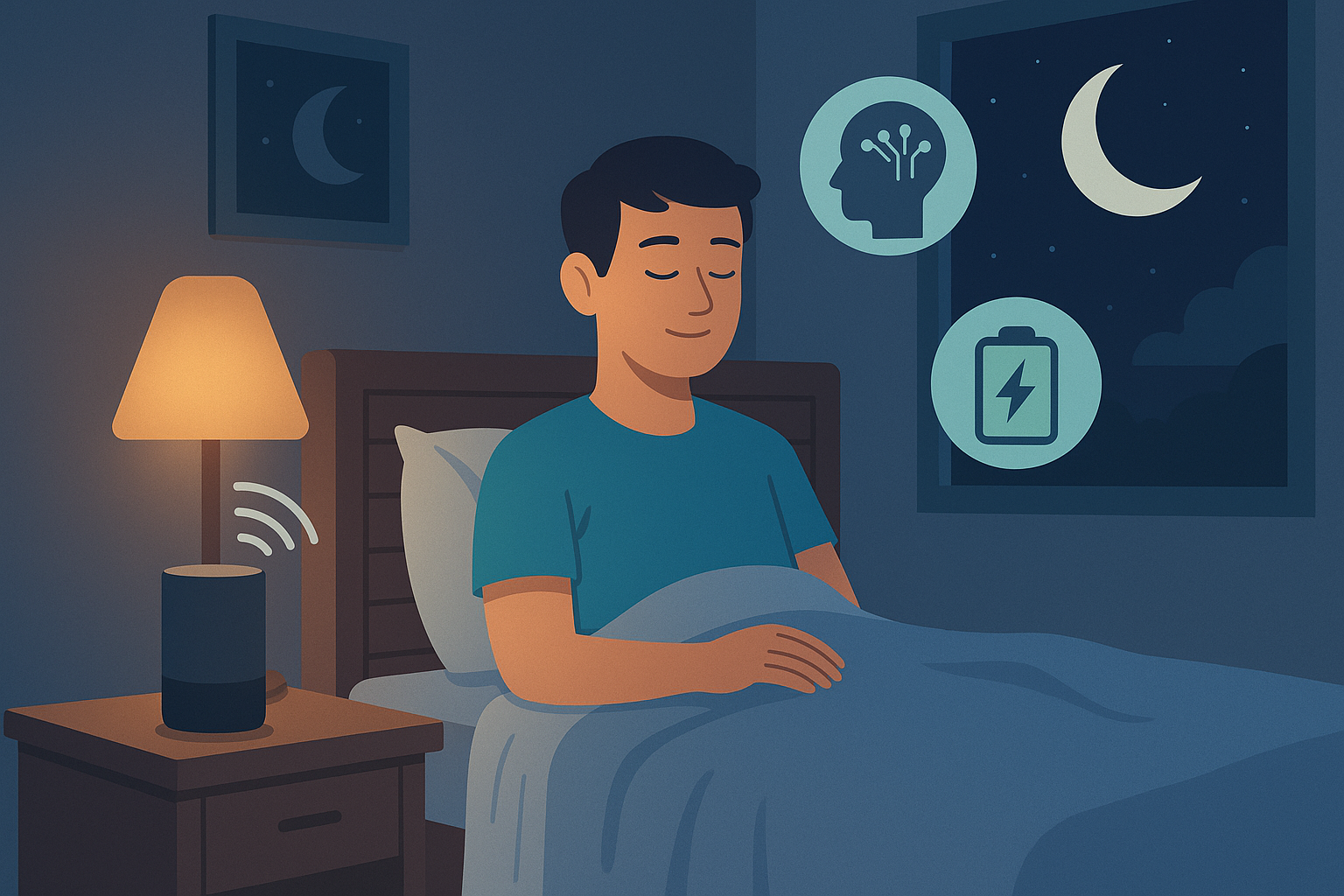You can’t manage what you can’t measure. Most of us track steps, calories, or hours worked — but few measure the invisible factor that defines performance: mental energy. AI tools
Unlike time, energy isn’t constant. It fluctuates depending on sleep, stress, focus, and emotional load. Knowing when your brain is at its best is the difference between efficient output and endless fatigue. Thanks to modern AI tools, this invisible rhythm is finally becoming visible.
Artificial intelligence can now detect cognitive fatigue, predict attention drops, and recommend recovery strategies based on data. This marks a new era of self-awareness — one where productivity aligns with biology instead of fighting it.

The Science of AI tools Mental Energy
Mental energy isn’t just motivation — it’s a neurochemical process. The brain burns glucose and oxygen to sustain attention, and when those reserves deplete, focus collapses. Unlike physical fatigue, mental fatigue sneaks up slowly, often disguised as distraction or procrastination.
Neuroscientists identify two main energy systems: alertness (driven by noradrenaline and dopamine) and calm focus (regulated by serotonin and acetylcholine). When these are balanced, you experience flow — the ideal state for creative and analytical work.
The challenge lies in maintaining this balance throughout the day. AI tools bridge that gap by measuring subtle signals — from typing patterns to voice tone — to reveal how your brain’s energy fluctuates in real time.
How AI Tools Measure Cognitive Load
Traditional time management systems track what you do. AI-enhanced systems track how well you do it. They analyze physiological and behavioral data to estimate your cognitive load, a direct indicator of mental energy.
Here’s how modern tools approach it:
| Category | Example Tool | What It Measures | Benefit |
|---|---|---|---|
| Wearables | Oura Ring / Muse S | Heart rate, sleep, brainwave data | Detects recovery and fatigue trends |
| Digital Behavior | RescueTime / Reclaim AI | Screen activity, app usage | Identifies energy peaks and crashes |
| Emotion & Focus | MindFi / Emooter | Facial micro-expressions, tone | Monitors stress and engagement levels |
| AI Scheduling | Motion / Clockwise | Task energy prediction | Aligns workload with peak focus hours |
Instead of treating your day as a flat timeline, these AI tools map your energy curve. You start to see patterns — when creativity flows, when focus fades, and when to recharge before burnout strikes.
Example: A Smarter Workday Through Energy Tracking
Picture this: Sarah, a data analyst, struggles with afternoon fatigue. She starts using Oura Ring and Motion AI together. After two weeks, she discovers her brain’s energy dips at 2:30 p.m. — right when she usually schedules her most demanding work.
Motion adjusts automatically, moving deep tasks to her peak hours (9–11 a.m.) and assigning lighter administrative work to her low-energy window. Meanwhile, Oura detects reduced HRV (heart rate variability) and recommends a short recovery break.
By following these insights, Sarah’s output increases by 30%, while stress drops significantly. The difference isn’t in effort — it’s in alignment.
Turning Data Into Daily Awareness
The real value of AI tools isn’t raw data; it’s reflection. Tracking your mental energy allows you to design your environment around your natural rhythms rather than forcing productivity.
For instance, Reclaim AI can visualize your focus distribution in weekly reports: when you concentrated the longest, when you broke patterns, and how meetings affect recovery. Over time, you see correlations between your habits and performance.
AI becomes a feedback system that teaches you when to push and when to pause. This leads to an effortless form of discipline — guided not by guilt, but by data-driven self-knowledge.
The Role of Emotional Energy
Mental energy isn’t only physiological — it’s emotional. Stress, motivation, and meaning directly affect your cognitive endurance. AI tools that include emotional analytics now measure this dimension, translating subtle human cues into usable insight.
Apps like Emooter or Affectiva analyze your tone of voice and micro-expressions to detect emotional strain. If tension rises, the system might suggest mindfulness audio from Endel or schedule micro-breaks through Reclaim AI.
These small adjustments preserve emotional stability and prevent mental “leakage” — when worry and overthinking consume focus reserves.
Example:
An AI assistant detects you’ve re-read the same email draft three times, a sign of fatigue-induced indecision. It pauses notifications and offers a brief guided focus reset. After two minutes of breathing and silence, you complete the message effortlessly.
This is emotional ergonomics: aligning the mind’s pace with its capacity.
AI tools From Productivity to Energy Intelligence
The future of work will be driven not by time tracking, but by energy intelligence — the integration of physiology, psychology, and AI. Your tools will know when you’re at cognitive peak, when your motivation wanes, and how to recalibrate your focus instantly.
Instead of treating fatigue as failure, you’ll see it as feedback. AI will soon function as a personal cognitive coach — continuously measuring, learning, and adapting to your unique rhythm.
This shift will redefine productivity metrics. Hours will matter less than energy quality per hour. Teams will start measuring focus recovery rates instead of time logged. The result? Healthier workflows, lower burnout, and higher creative output.
Table: Building Your AI Tools Energy System
| Layer | AI Tool | Purpose | Integration Effect |
|---|---|---|---|
| Awareness | Oura / Muse | Track physiological signals | Know your energy baseline |
| Optimization | Motion / Reclaim | Schedule by focus cycles | Match work to brain rhythm |
| Emotional Stability | Endel / Emooter | Guide rest and emotional reset | Maintain long-term balance |
When combined, these tools form a self-regulating loop — your digital ecosystem learns to sustain your energy instead of depleting it.
Long-Term Benefits of Tracking Mental Energy
Once you build awareness of your energy curve, every part of life improves: work, rest, creativity, and mood. The small decisions — when to start, when to stop, when to recover — become informed instead of instinctive.
AI gives you the objectivity your brain can’t. While intuition feels accurate, it’s often skewed by stress or emotion. Data reveals what the mind hides.
Ultimately, tracking mental energy doesn’t make you robotic; it makes you more human — fully aligned with how your brain actually functions.
Conclusion
True productivity isn’t about doing more. It’s about using your best energy where it matters most.
With modern AI tools, you can visualize invisible patterns, protect your cognitive resources, and create a rhythm of performance that feels effortless instead of forced.
Your brain already knows when it performs best — now, technology finally does too.
Further Reading & Related Insights
Internal link:
- Why Rest Is the Real Productivity Hack — Learn how recovery enhances cognitive performance and supports long-term focus.
External links:
Blog
This section provides an overview of the blog, showcasing a variety of articles, insights, and resources to inform and inspire readers.
-

AI Habit Tracking and the New Rhythm of Modern Self-Improvement
AI Habit Tracking. Progress used to depend on discipline. Now, it depends on data.…
-

AI Decision Making and the New Discipline of Intentional Living
AI Decision Making. Every “yes” has a cost. Every time you agree to something…
-

The Perfect AI Night Routine to Sleep Better and Think Smarter
AI Night Routine. Your morning doesn’t begin when you wake up — it begins…
